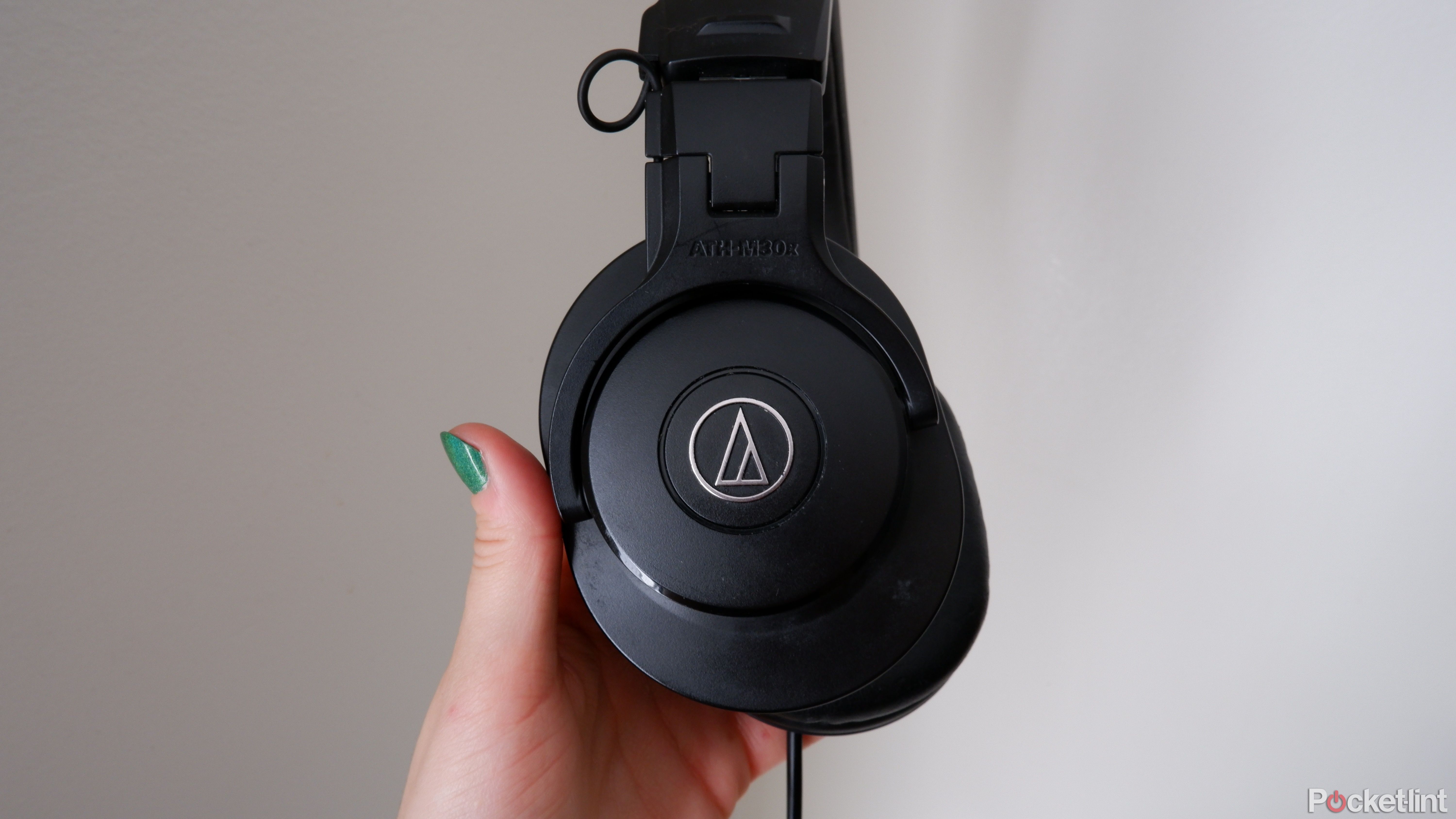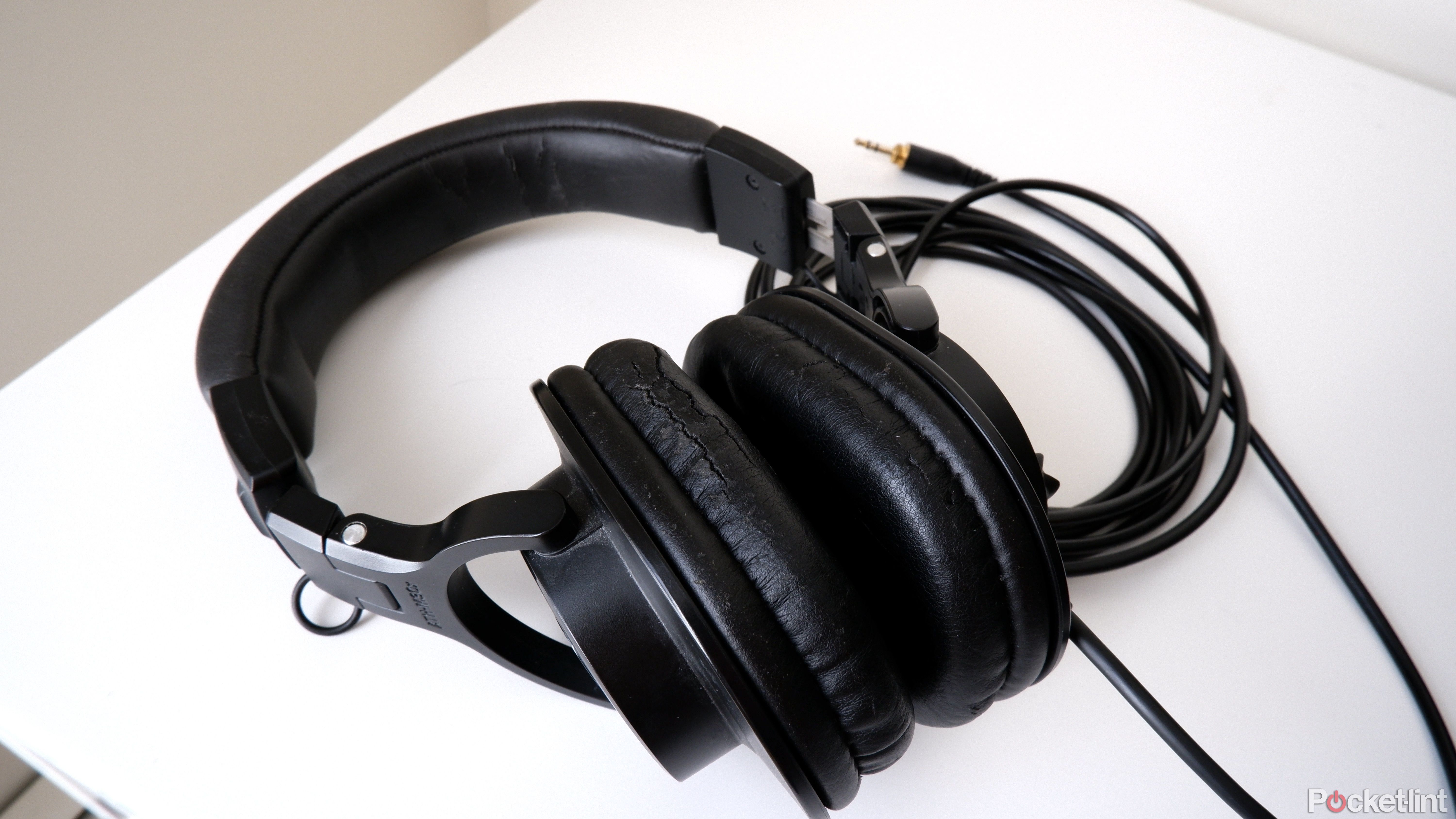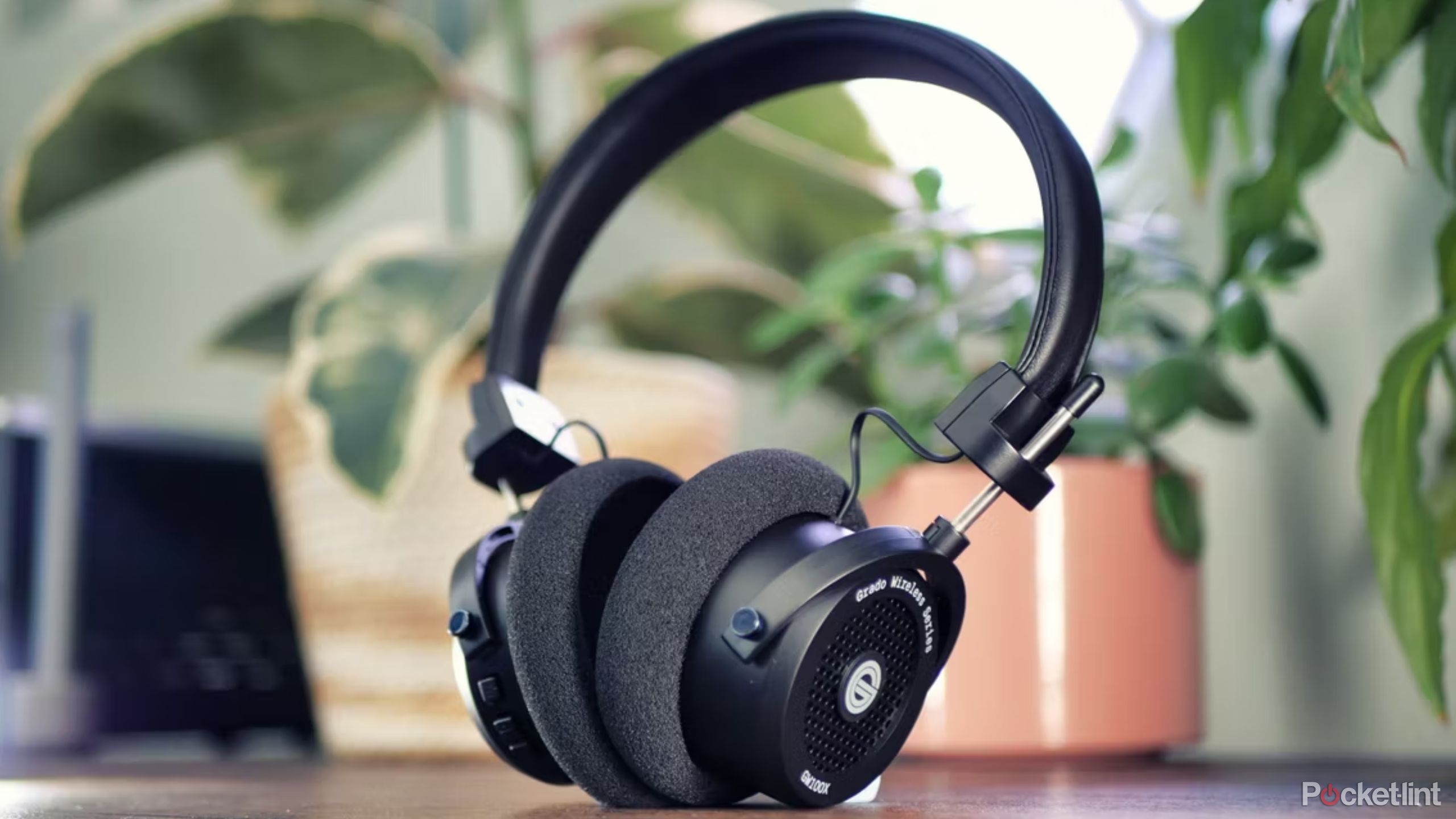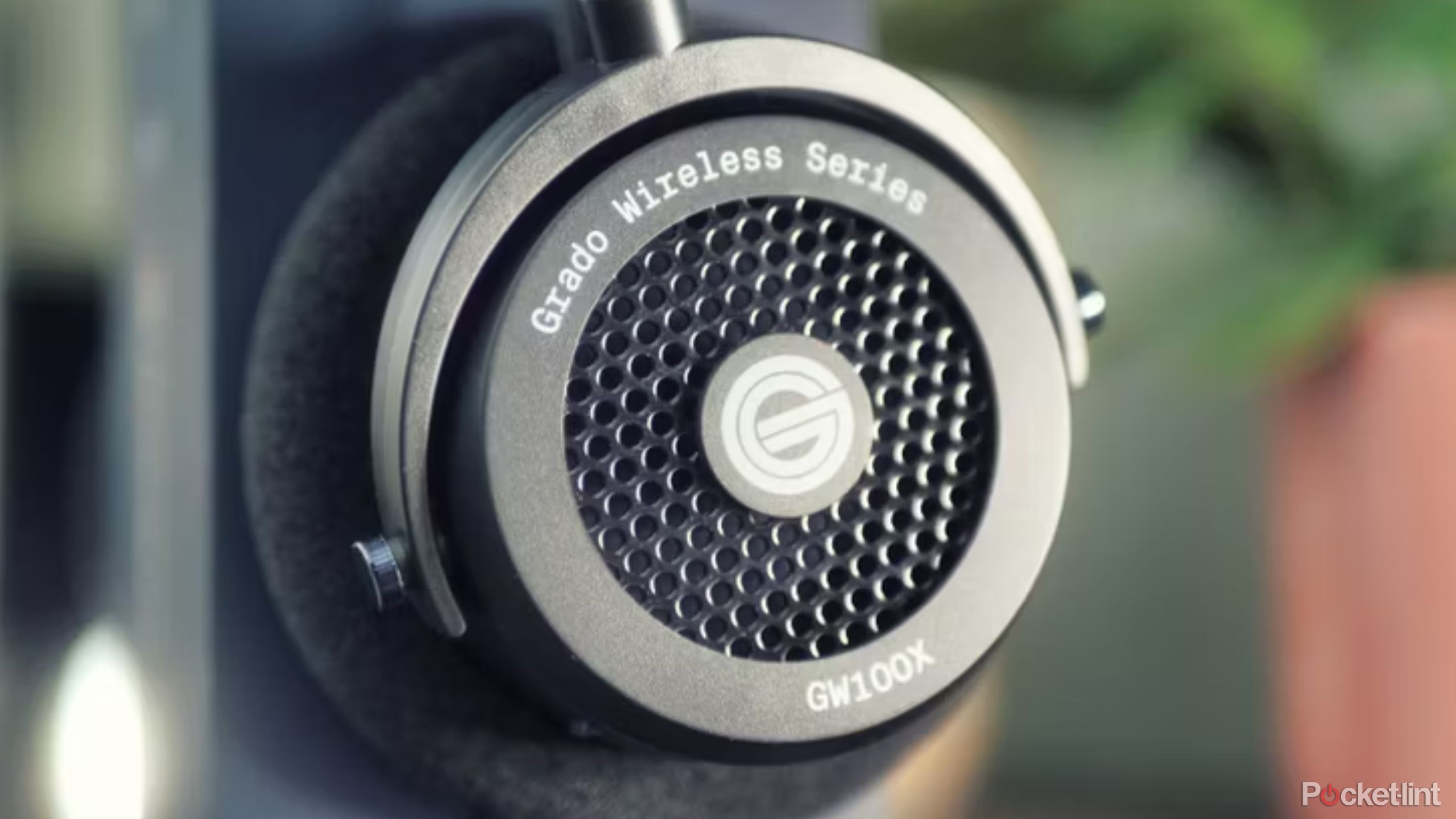Understanding audio equipment can be challenging, especially navigating through terminologies and choosing the ideal option. Headphones pose similar complexity, offering a multitude of choices to invest your hard-earned cash in. Among the initial decisions you’ll face is whether to opt for open-back or closed-back headphones.
Although initially confined to studio equipment, more and more wireless consumer headphones are adopting different constructions. Whether you’re a music producer hunting for studio headphones, a runner seeking the perfect pair for workouts, or a Hi-Fi enthusiast aiming to complement your record collection with quality headphones, knowing the difference is key.
5 signs you should upgrade your studio headphones
As a music industry professional, I know studio headphones are a key for a successful mix. Here are the indicators it’s time for a new pair.
It may seem like an insignificant nuance, but the varying constructions of headphones can yield significantly different outcomes. Deciding what works for you will largely depend on your application and tastes. To make that decision easier, I’ll walk through the pros and cons of both an open-back and closed-back design, demystifying technical jargon and pinpointing specific benefits.
What are closed-back headphones?
Let’s start with closed-back headphones, as these are probably the most common type on the market. Most wireless headphones employ a closed-back design, and it’s also a popular option for studio headphones. As their name suggests, closed-back headphones are completely sealed at the back of the earcups, blocking out any airflow through the headphones’ drivers.
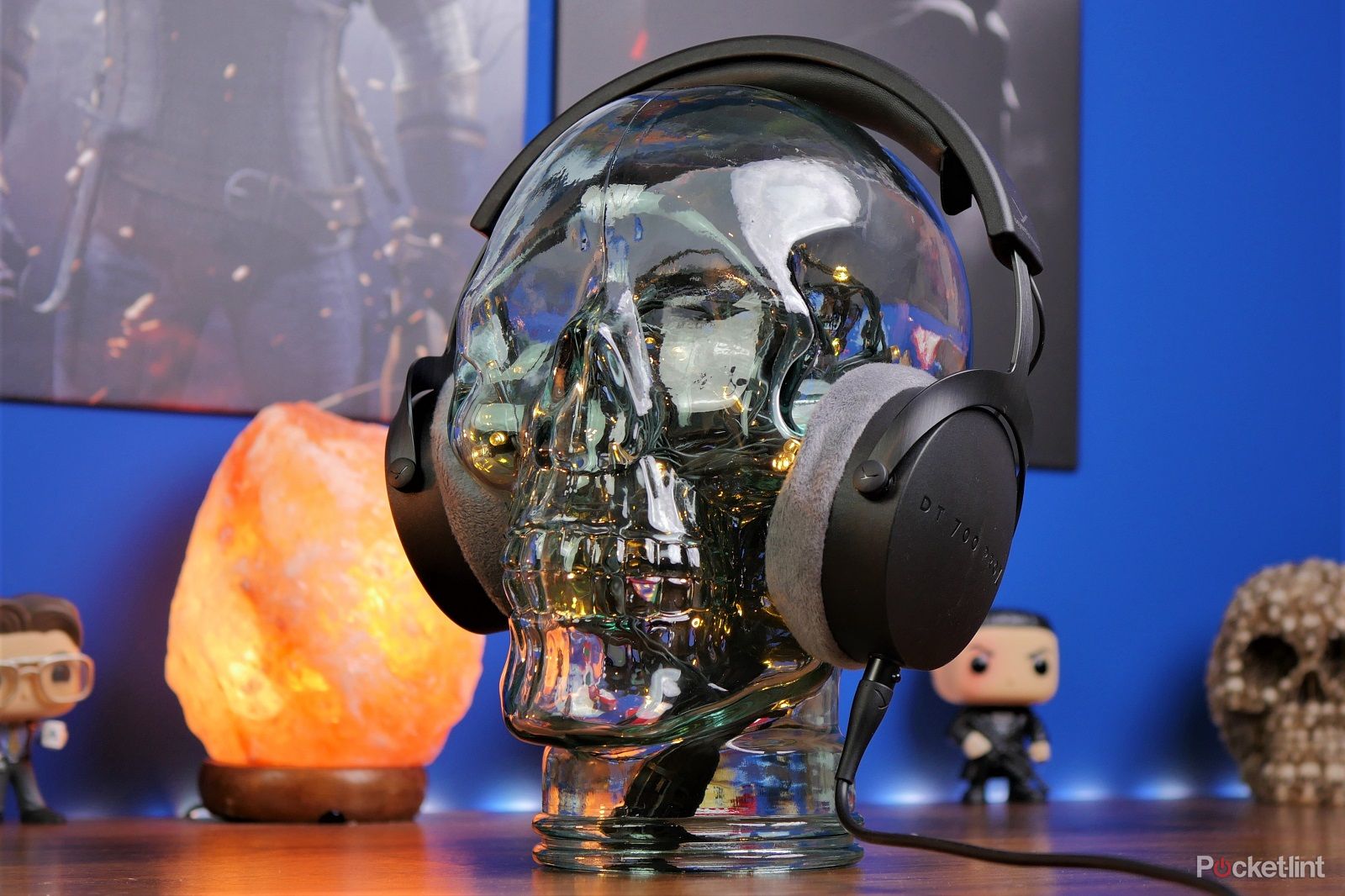
Best closed-back headphones: Audiophile tested and reviewed
Closed-back headphones offer great comfort and fit for music fanatics and casual listeners alike. These are the top models from Sony, Bose, and more.
Enclosing the back of the earcups results in excellent noise isolation for this type of headphone. Closed-back headphones excel at blocking outside noises more effectively and are one of the main reasons wireless headphones utilize this design. The outside world is noisy, so being able to block out unwanted noise is a key element for successful audio playback. Therefore, closed-back headphones are the top choice for traveling on the train or airplane, walking through the city, or even blocking out your work colleagues.
A closed-back design does influence audio frequencies. For example, bass frequencies are likely to sound much more emphasized due to the natural vibrations within the enclosed space behind the driver.
However, a closed-back design does influence audio frequencies. For example, bass frequencies are likely to sound much more emphasized due to the natural vibrations within the enclosed space behind the driver. Although the isolation of closed-back headphones is incredibly handy in the studio for pinpointing particular instruments in a mix, the emphasized bass isn’t going to give you the most honest representation of your music.
Pros of closed-back headphones
Similar to many aspects of life, the closed-back design has its advantages and disadvantages. What might be a benefit for one person could be seen as a drawback for another, as everything is subjective and relative. The points we are making below are in direct comparison to open-back headphones.
- Closed-back headphones offer fantastic isolation
- They are the best choice for blocking out external noise
- Great for microphone recording as they have minimal noise bleed
- They are more practical for travel
- Closed-back headphones are much more readily available
- Ideal choice for on-stage performances
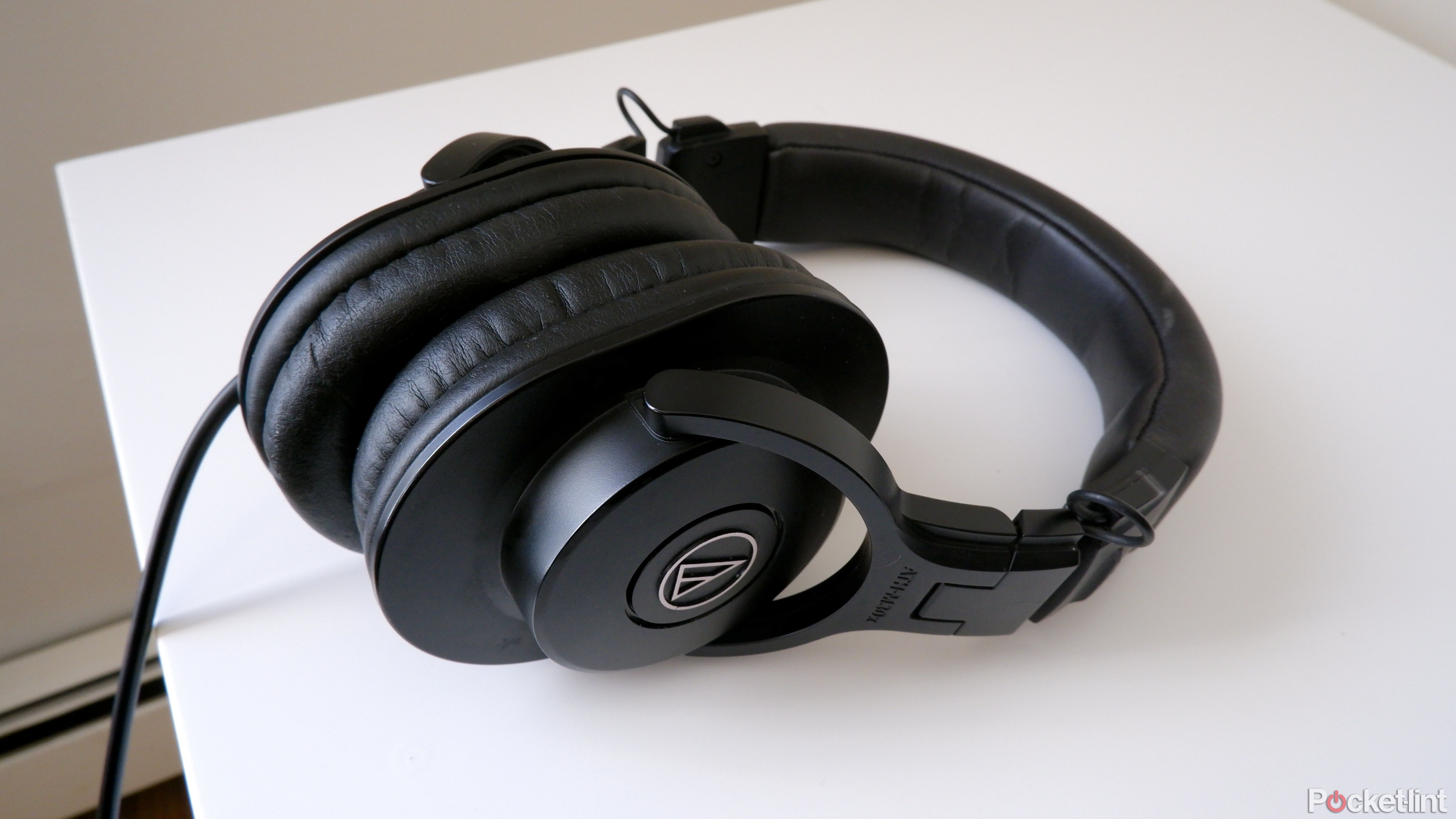
These Audio-Technica headphones bring flat, studio quality sound for less
Audio-Technica’s more affordable studio headphones still hold up years later.
Cons of closed-back headphones
- Can overemphasize bass frequencies
- It can get a bit clammy wearing them over time
- Not as natural sounding for music production
What are open-back headphones?
On the other hand, you have open-back headphones. Unlike their closed counterparts, open-back headphones aren’t blocked off at the back of the earcups and air is allowed to flow through the driver into your ear. This immediately counters the frequency build-up common in closed-back headphones as the earcup perforations allow the drivers to breathe.
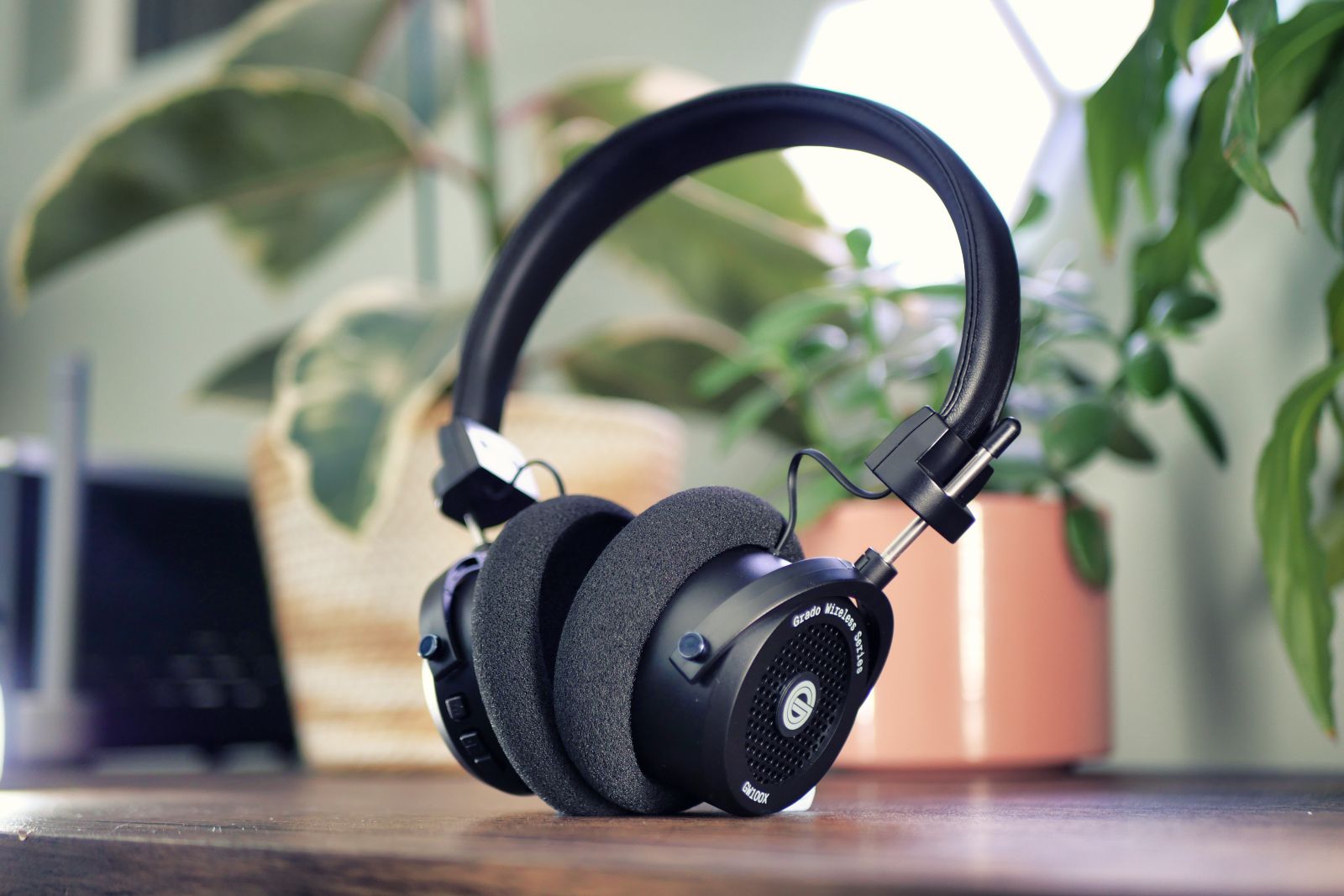
Best open-back headphones: Audiophile ranked and approved
From studio sessions to everyday tunes or Hi-Fi setups, find your tune with the best open-back headphones from Beyerdynamic to Sennheiser.
High-end audiophile headphones are mostly open-back due to their natural and clear response. On top of this, open-back headphones are a super popular choice for music producers as they give the truest representation of the audio source possible. This is a fantastic advantage when mixing music. Sure, headphones that boost certain frequencies may stroke your ego when mixing, but the false hubris they give in the studio will crumble as soon as you transfer your mix to another set of speakers. Open-back headphones negate this potential pitfall.
Open-back headphones’ ventilation not only delivers a neutral and clear audio response, but also aids in reducing clamminess — which is really helpful if you’re likely to be spending a lot of time recording in the studio or want to spend a few hours in your record collection.
Open-back headphones’ ventilation not only delivers a neutral and clear audio response, but also aids in reducing clamminess — which is really helpful if you’re likely to be spending a lot of time recording in the studio or want to spend a few hours in your record collection.
However, open-back headphones are virtually useless at blocking out external noises; use open-back headphones on your daily commute, and you will hear all the nearby sounds. It’s the same situation in reverse as well. Wear open-back headphones at your place of work and your colleagues will get quite quickly ticked off at your Shania Twain discography.
Pros of open-back headphones
If you’re contemplating open-back headphones, it’s essential to weigh their most significant pros and cons. These key considerations will help guide your next headphone purchase. The points outlined below directly compare features with open-back headphones.
- Best for the most natural representation of your audio source
- Do not overemphasize any frequencies
- They tend to be more comfortable and less warm
- More high-end driver options are usually available
- Offer an airy, expansive sound
Cons of open-back headphones
- Don’t offer much isolation at all
- Not much use for travel or outside use
- A lot of audio bleed

5 things to know about ANC (Active Noise Cancellation)
Including how it works, the different types, and why we think ANC headphones are worth it.
FAQ
Q: Are closed-back or open-back headphones better for DJs?
If you find yourself in the booth during a set, closed-back headphones are the go-to choice. Open-back headphones, with their inadequate isolation, aren’t suited for the club scene where the powerful, reverberating tunes from the PA system can easily overwhelm. The closed-back design with sealed ear cups acts as a crucial ally in live performances, ensuring you stay focused even in the bustling atmosphere, allowing for better concentration and control over your music. Furthermore, the emphasized bass response with closed-back headphones will suit electronic music very well.
However, if you are a DJ who creates tunes in the studio, consider open-back headphones as their natural representation of the audio source is going to give you the best advantage of creating a killer track. Since the studio is a much quieter environment, headphone isolation isn’t as much of a problem here.
Q: Are closed-back or open-back headphones better for gaming?
If you’re a competitive gamer and play games like Apex Legends, Counter Strike, Valorant or Call of Duty, you’ll probably have more joy with closed-back headphones. The aim of the game in competitive competitions is focus and closed-back headphones offer much better audio focus thanks to their fantastic isolation.
On the other hand, if you’re a laid back gamer and enjoy immersive, open-world gaming, then open-back headphones are a good option. Open-back headphones will elevate your experience whilst playing games like Elden Ring and Red Dead Redemption as the soundstage is going to sound much more authentic.
Q: Are closed-back or open-back headphones better for mixing?
Choosing between open-back and closed-back headphones for mixing depends on specific needs. Closed-back headphones excel in noise isolation, making them great for mobile use and reducing external noise in studios, particularly suited for bass-heavy music. Open-back headphones offer a more authentic sound representation, ideal for critical listening, but lack noise isolation, making them less suitable for noisy environments.
Ultimately, closed-back headphones are better for reducing external noise, while open-back headphones provide a more neutral audio representation. The choice depends on the intended application and environmental factors.
Trending Products

Cooler Master MasterBox Q300L Micro-ATX Tower with Magnetic Design Dust Filter, Transparent Acrylic Side Panel…

ASUS TUF Gaming GT301 ZAKU II Edition ATX mid-Tower Compact case with Tempered Glass Side Panel, Honeycomb Front Panel…

ASUS TUF Gaming GT501 Mid-Tower Computer Case for up to EATX Motherboards with USB 3.0 Front Panel Cases GT501/GRY/WITH…

be quiet! Pure Base 500DX Black, Mid Tower ATX case, ARGB, 3 pre-installed Pure Wings 2, BGW37, tempered glass window

ASUS ROG Strix Helios GX601 White Edition RGB Mid-Tower Computer Case for ATX/EATX Motherboards with tempered glass…


